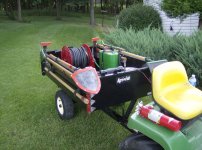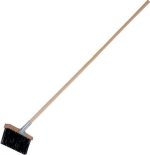whitechevy
New member
These are all great comments and points to help with burning and permits and such. But the original post by TROOK is concerning pump size and water volume. I too have questions about this but the most common feedback is concerning issues other than water and pump questions. Again, it is all good information but if someone can contribute to the original question I would be interested to hear what is recommended.
TO_Bud - Do you have a picture of your "quarter turn valve"? I was wondering how you allow water to bypass the hose when the nozzle is closed. Is there some sort of pressure relief valve that will allow the water to be diverted with the open and closing of a hand nozzle?
TO_Bud - Do you have a picture of your "quarter turn valve"? I was wondering how you allow water to bypass the hose when the nozzle is closed. Is there some sort of pressure relief valve that will allow the water to be diverted with the open and closing of a hand nozzle?


